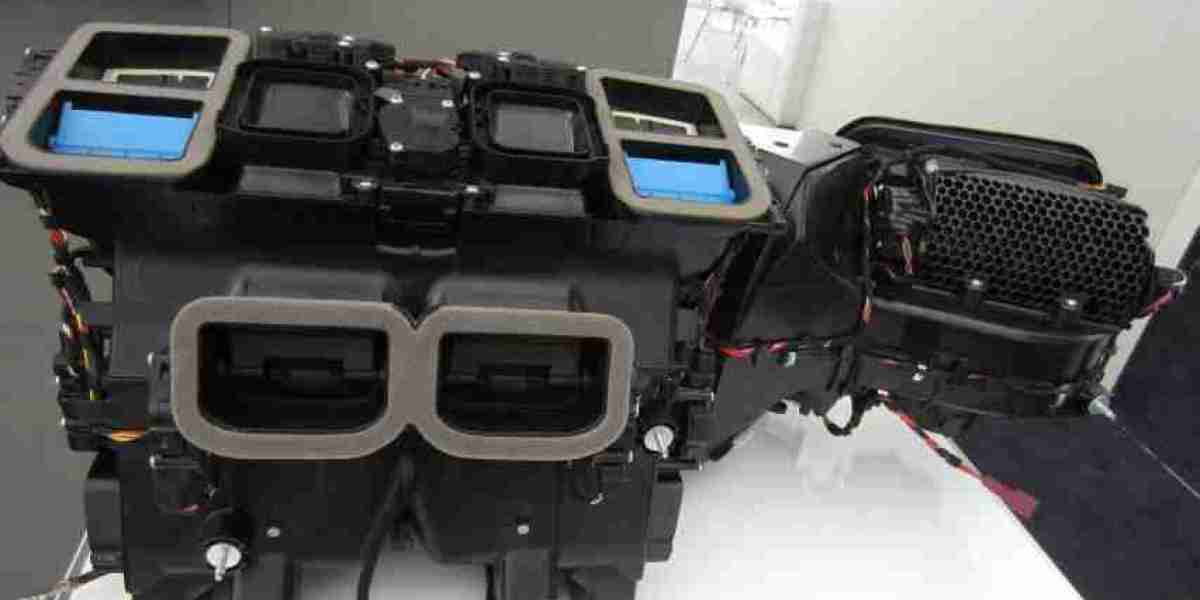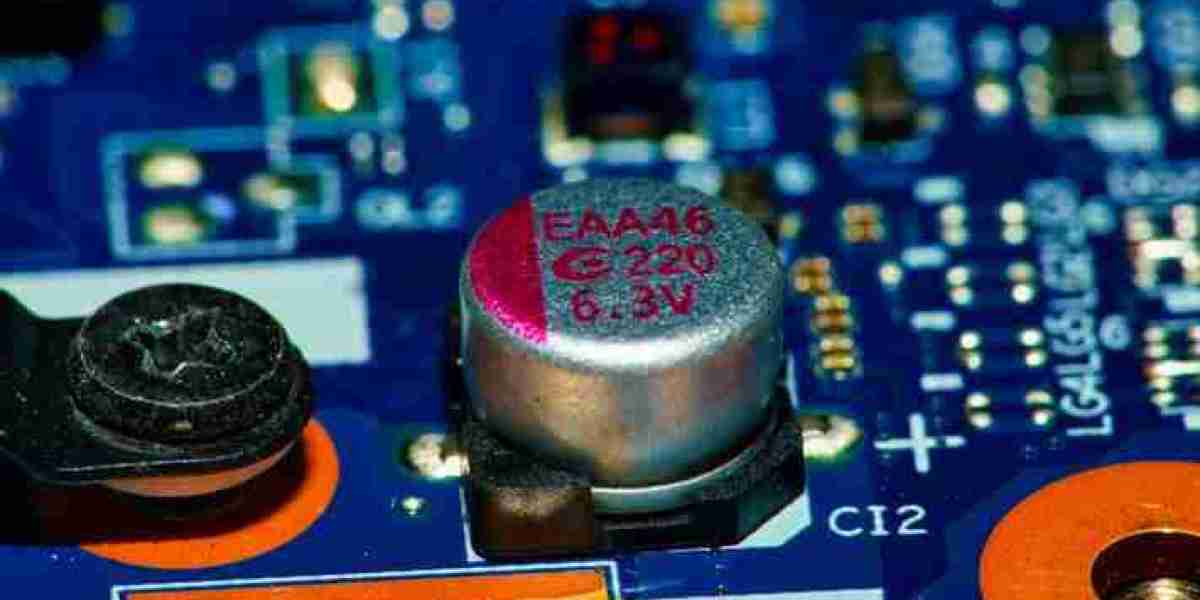The automotive HVAC market is advancing rapidly, propelled by a unique combination of technological, environmental, and consumer-centric factors. HVAC systems—comprising heating, ventilation, and air conditioning—are no longer simply comfort features but have become integral to overall vehicle performance, safety, and sustainability. As the global auto industry evolves toward electric and connected mobility, the demand for efficient and intelligent HVAC solutions continues to surge.
This article explores the key accelerators driving the growth and innovation of the automotive HVAC market, ranging from the rise of electric vehicles and digital cabin systems to regulatory changes and climate-driven priorities.
1. Rise of Electric Vehicles (EVs)
One of the strongest accelerators for the HVAC market is the global shift toward electrified mobility. Unlike internal combustion engine (ICE) vehicles, EVs lack waste heat from the engine, making thermal management more challenging. As a result, new HVAC systems must be highly efficient and designed to operate independently of engine heat.
To maintain passenger comfort while preserving battery range, EVs increasingly rely on electric heat pump systems, which can deliver both heating and cooling functions using significantly less power. This change is accelerating the development and deployment of advanced HVAC modules across EV models, from entry-level sedans to high-performance electric SUVs.
Manufacturers are also integrating HVAC systems with the vehicle’s battery thermal management system, ensuring optimal temperature control not just for passengers but also for critical powertrain components.
2. Stringent Emissions and Climate Regulations
Environmental concerns and emissions standards are major accelerators pushing HVAC innovation. Regulatory bodies in Europe, North America, and Asia are enforcing tighter guidelines on energy consumption and the use of harmful refrigerants in air conditioning systems.
Older refrigerants like R-134a are being phased out and replaced with low-GWP (Global Warming Potential) refrigerants such as R-1234yf. The adoption of eco-friendly refrigerants is driving changes in HVAC system design, component materials, and performance metrics. These shifts are motivating suppliers to invest in environmentally responsible systems that align with global sustainability goals.
Moreover, emissions compliance has forced automakers to look for HVAC systems that reduce parasitic energy losses, improve fuel efficiency, and contribute to overall vehicle CO₂ reduction targets.
3. Growing Demand for Cabin Comfort and Health
Today’s consumers demand more than just cooling and heating—they expect intelligent, responsive, and health-conscious climate systems. This shift is fueling demand for multi-zone automatic climate control, air purification systems, anti-bacterial filters, and real-time air quality monitoring.
The aftermath of the COVID-19 pandemic accelerated awareness about cabin air quality, making HVAC systems with built-in HEPA filters, ionizers, and odor-neutralizing capabilities highly desirable. Advanced air purification has become a selling point, especially in urban areas with high pollution levels.
In luxury and premium vehicles, these systems now offer personalized climate control for each passenger, making comfort a customized experience. The trend is spreading across mid-range segments as well, accelerating HVAC system upgrades across all vehicle classes.
4. Integration of Smart and Connected Technologies
The integration of digital and connected features is another major accelerator. HVAC systems are now being linked with vehicle infotainment platforms, mobile apps, and even voice-command systems. Drivers and passengers can control cabin temperature, fan speed, and airflow remotely or through digital dashboards.
Smart HVAC systems can also automatically adjust settings based on external temperature, sunlight intensity, cabin occupancy, and even the driver's biometric data. With advances in AI and machine learning, future systems are expected to learn individual preferences and optimize performance accordingly.
These intelligent capabilities are not just appealing from a convenience standpoint—they also support energy efficiency by adjusting climate control dynamically to reduce load on the vehicle’s electrical system.
5. Lightweighting and Energy Efficiency Goals
Automakers around the world are pursuing lightweighting strategies to enhance vehicle performance and fuel economy. HVAC systems, once bulky and rigid, are now being re-engineered using lightweight materials and compact layouts.
Suppliers are designing modular HVAC units that are smaller, more efficient, and easier to integrate into electric and hybrid platforms. Reducing system weight directly contributes to energy savings, which is especially critical in electric vehicles where range is a major selling point.
Innovations in materials, such as advanced composites and heat-exchange coatings, also allow for better insulation and faster cabin cooling or heating—further boosting system efficiency.
6. Market Expansion in Emerging Economies
Accelerated vehicle production and rising disposable incomes in emerging markets such as India, Southeast Asia, and Latin America are driving HVAC system demand. Consumers in these regions are increasingly seeking vehicles equipped with modern climate control systems due to high temperatures and humidity.
Automakers are responding by including basic to mid-level HVAC systems as standard features in even entry-level models, creating substantial volume demand. This shift encourages regional HVAC component manufacturers to innovate for affordability, durability, and performance in extreme climates.
As infrastructure and economic development continue, HVAC penetration rates in these markets are expected to rise significantly, creating new revenue streams and competitive opportunities for global and regional players.
Conclusion
The automotive HVAC market is accelerating at an unprecedented pace due to multiple converging factors. The rise of electric vehicles, strict emissions regulations, consumer demand for intelligent comfort, and growing concerns over air quality are all reshaping the future of climate control in vehicles.
Companies that anticipate these accelerators and align their strategies with evolving trends will be best positioned for growth. Whether through smart technology integration, lightweight designs, or eco-conscious solutions, the future of automotive HVAC systems lies in innovation, adaptability, and efficiency—fueled by the powerful forces now transforming the industry.




